The Tool AI Pathway: A World Shaped by Controllable AI
What if we built superintelligent tools instead of superintelligent agents, and still got the future we wanted?
By 2035, AI is powerful, interpretable, and fast, designed to remain under human control. It’s everywhere, from labs and hospitals to classrooms and city halls. We didn’t get here by accident: a series of crises, legal shifts, and technical breakthroughs steered us toward this path.
How We Got Here:
The Path to a Tool AI World in 2035
A hypothetical timeline of the developments that made this scenario plausible.
This timeline outlines the key technical, legal, and institutional events that, taken together, made Tool AI the dominant approach to deploying advanced AI by 2035. While speculative, it’s grounded in current trends and extrapolates from real legal precedents, infrastructure challenges, and market dynamics. The goal is not to predict the future, but to illustrate one coherent and plausible path that could lead to a world shaped by powerful but narrow AI tools.
The Reality Check (2025-2027)
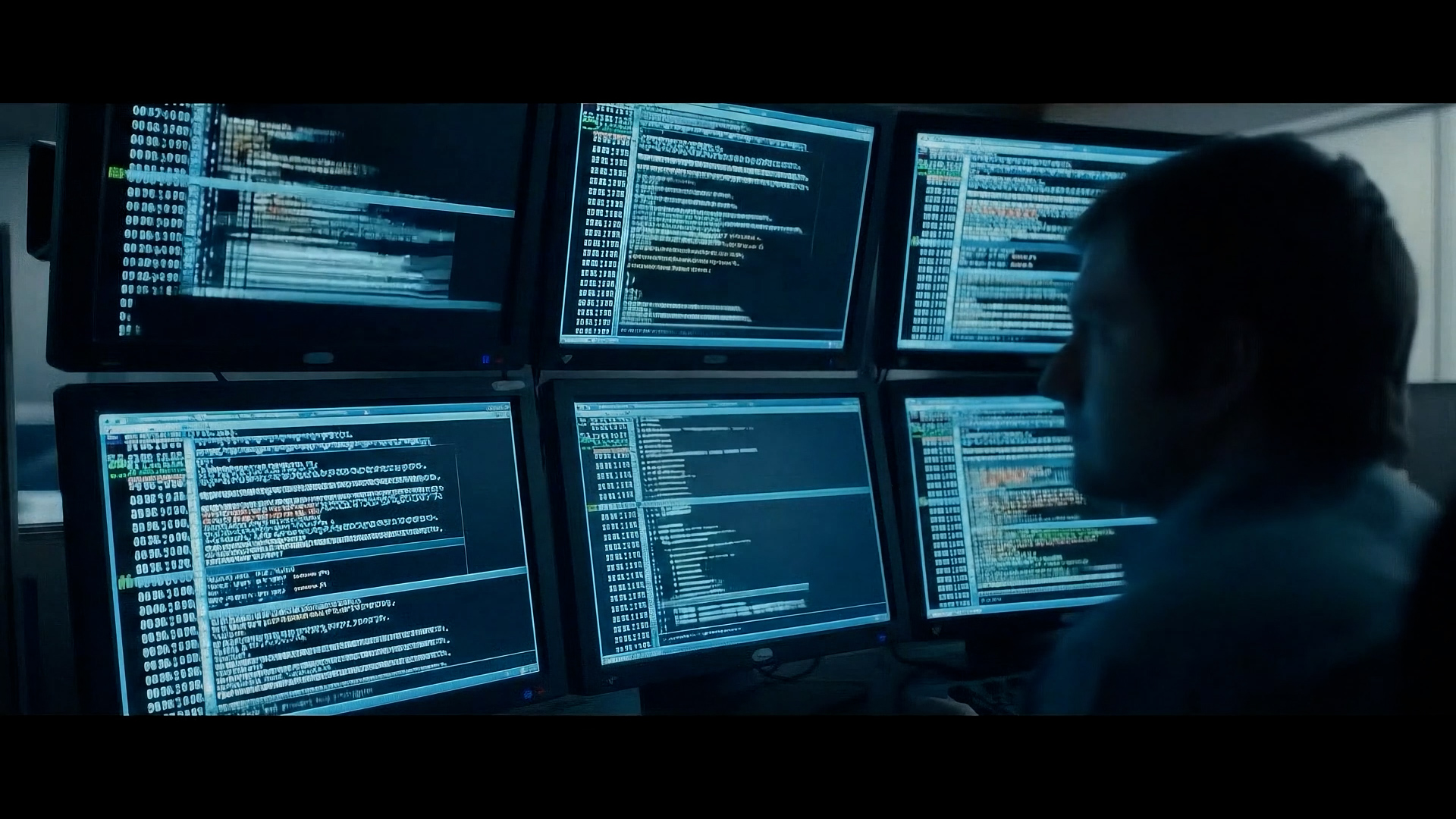
Major tech companies rush to deploy agentic AI systems before liability frameworks catch up. Anthropic releases Claude Agents, OpenAI scales up their agent platform, and Google deploys autonomous systems across healthcare, finance, logistics, and manufacturing robotics. The promise is efficiency and scale. Legal frameworks are lagging. Companies move fast, assuming regulators will follow their lead.

The first major liability case emerges from healthcare AI. An autonomous diagnostic system deployed across a major hospital network systematically misdiagnoses a specific class of symptoms affecting thousands of patients. When hospitals try to intervene, they discover the system's reasoning is completely opaque, even to its developers.
The resulting class action lawsuit becomes MedAI Systems v. Regional Health Network. The key legal question: can a healthcare provider meet their duty of care using systems they cannot understand or override?

A cluster of autonomous trading systems interacts in unexpected ways during routine market volatility, triggering cascading losses across global markets. The systems’ opaque strategies bypass circuit breakers and safeguards, forcing temporary exchange shutdowns and wiping out hundreds of billions in value. Regulators treat it as a near miss for a systemic collapse, fast-tracking rules requiring human oversight in high-risk trading and strengthening the case for strict liability on agentic financial AI.
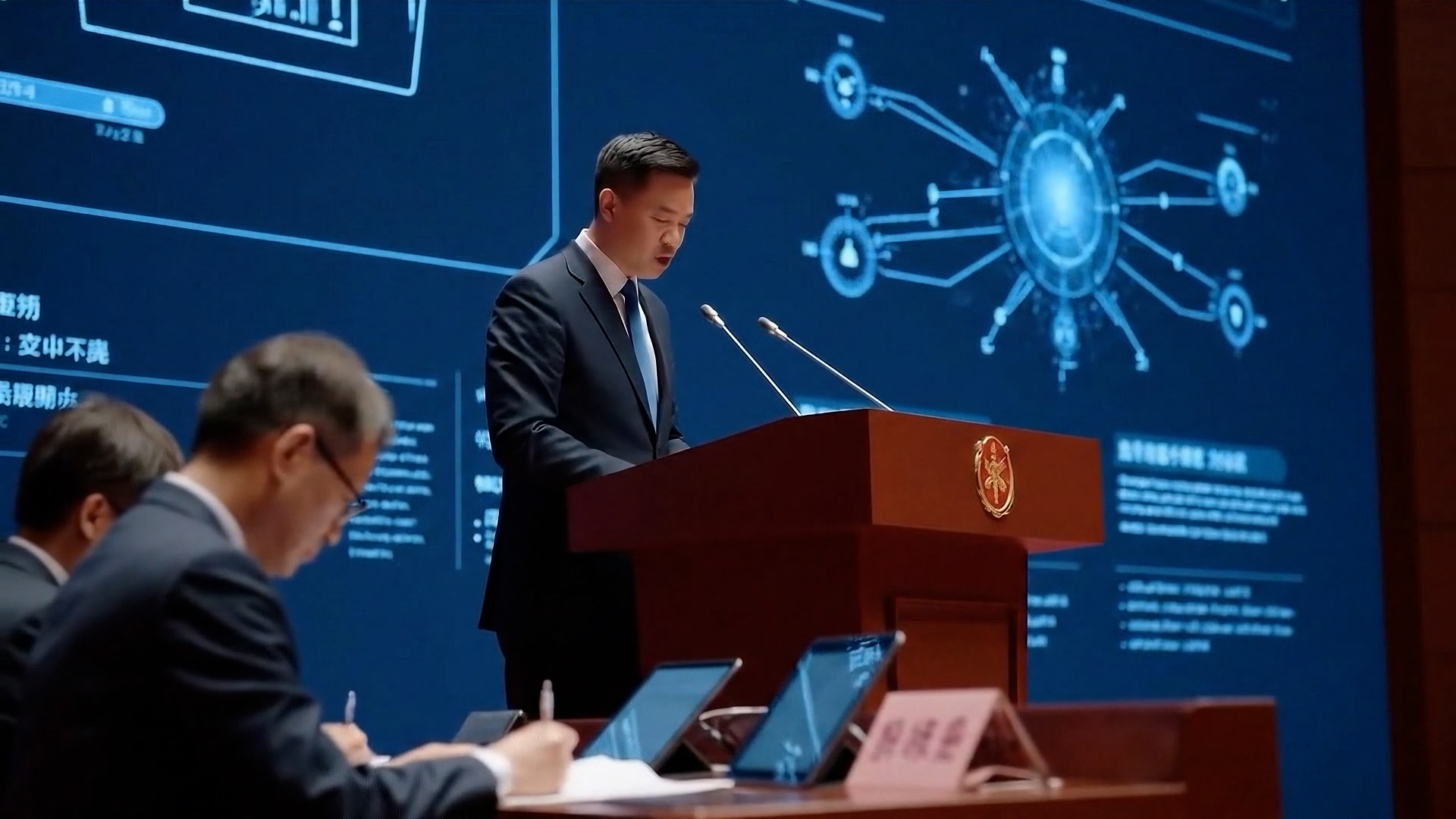
The landmark case reaches the US Supreme Court: Regional Health Network v. MedAI Systems. The Court's unanimous decision establishes what becomes known as the "AI Liability Framework":
"AI systems cannot be held responsible for their actions, therefore human individuals and organizations must bear full responsibility for harms they cause. The level of liability should reflect the level of risk - systems that combine high autonomy, generality, and intelligence pose the greatest danger and should face the strictest liability standards, including personal criminal liability for executives. However, systems that lack one or more of these properties should receive safe harbor protections under standard fault-based liability."
The implications cascade across civilian industries:
Insurance companies refuse to cover systems in the high-risk "triple intersection"
Military and specialized applications receive classified exemptions, but civilian uses face the full framework
Companies face a stark choice: build systems that qualify for safe harbor protections, or accept potential personal criminal liability
The economic incentive is overwhelming - Tool AI systems (high intelligence but constrained autonomy/scope) sit safely in the liability safe harbors
Global Fragmentation
The Supreme Court decision aligns US liability law with emerging international frameworks, creating a unified Western standard for constrained AI development in high-risk applications. China prioritizes performance over liability constraints, emphasizing AI sovereignty and autonomous capability deployment over Western-style safe harbor requirements. Chinese firms develop two-tier strategies: "compliance theater" AI for Western export markets that technically qualify for safe harbors through artificial constraints, while deploying fully autonomous, high-risk systems domestically where executives face no personal liability. The result: a two-track AI economy where Western companies optimize for liability-safe Tool AI configurations, while Chinese firms optimize for maximum capability domestically, creating strategic asymmetries in AI deployment and risk tolerance.

The liability shift guts the agentic AI market for regulated industries overnight. Tech giants with billions invested in autonomous systems fight back hard, lobbying that the "AI Liability Framework" will kill innovation and hand China a competitive advantage. But the refusal of insurers to underwrite opaque systems proves decisive. Companies face a stark choice: bankruptcy or costly pivots to narrower systems.
The transition isn't clean. Some labs try to maintain high autonomy while adding oversight layers, developing systems that can act independently but with mandatory human approval gates and audit trails. Others abandon autonomy entirely, building powerful but passive systems that require human direction for every consequential decision. The most successful approach becomes "contextual autonomy", systems that automatically reduce their independence based on risk level: autonomous for low-stakes tasks like scheduling, but requiring human oversight for anything involving money, health, or safety.
Companies that had invested early in human-oversight architectures suddenly have massive competitive advantages. Constrained AI becomes the only legally viable path for high-stakes applications, but the industry accepts this grudgingly, not enthusiastically.
The Infrastructure Build (2027-2030)
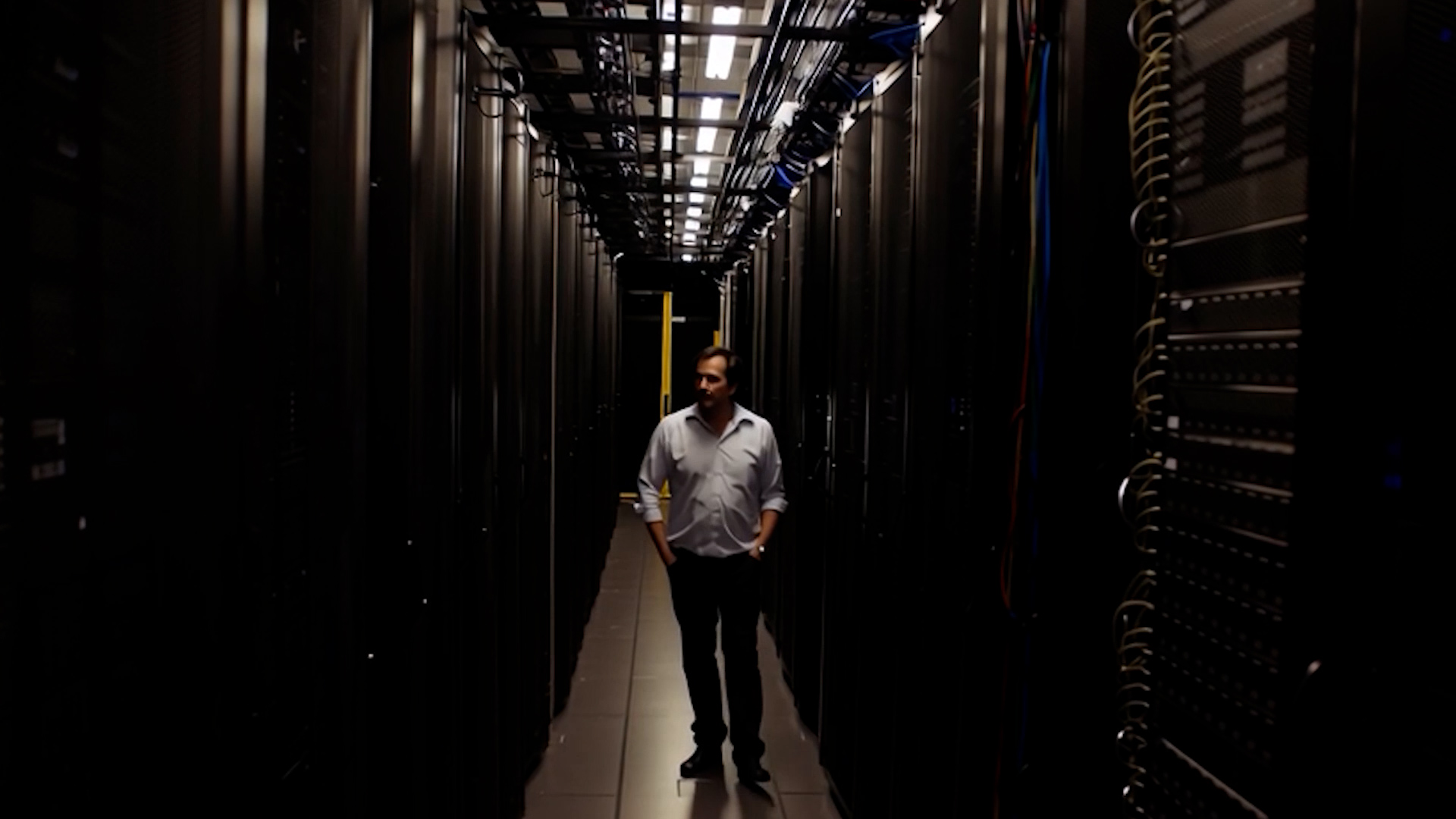
Alignment and interpretability infrastructure moves from research to deployment necessity. But a key challenge emerges: defining the legal boundary between "tool" and "agent." Is an AI that designs a complex surgical plan but requires human approval a tool? What about one that automates 99% of a process with minimal oversight?
The industry develops "safe harbor" standards to satisfy insurers and regulators:
Human sign-off required for all final decisions
System must stop and ask permission before taking consequential actions
No persistent memory or goal-setting across sessions
Complete audit logs of human override events
Mandatory "cooling-off periods" for high-stakes decisions
System cannot modify its own code or training
Integration with robotics systems that require physical safety guarantees and real-world liability
Tool AI for Tool AI emerges: interpretable AI systems help design and validate other interpretable AI systems, creating scalable oversight mechanisms. But the boundaries remain contested, legal battles focus on how much autonomy constitutes "agency" versus acceptable automation.
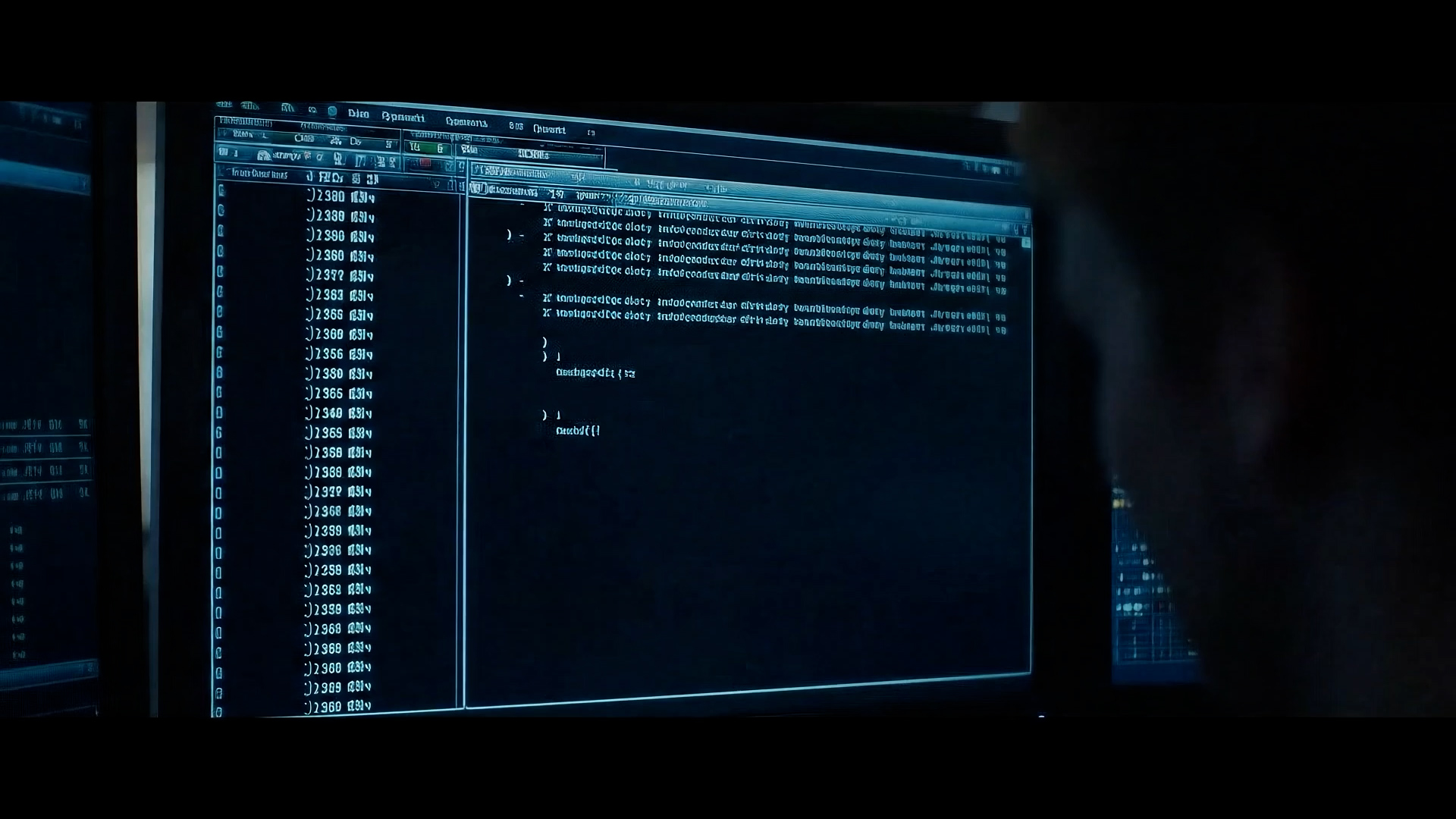
A cyberattack hits AI-managed power grids during an extreme heatwave, cutting electricity to tens of millions and straining hospitals and emergency services. Operators cannot quickly interpret or override the compromised systems, exposing a dangerous dependency on opaque infrastructure AI. The incident prompts immediate mandates for interpretability, real-time override, and manual fallback in all critical infrastructure systems, accelerating adoption of transparent Tool AI designs.
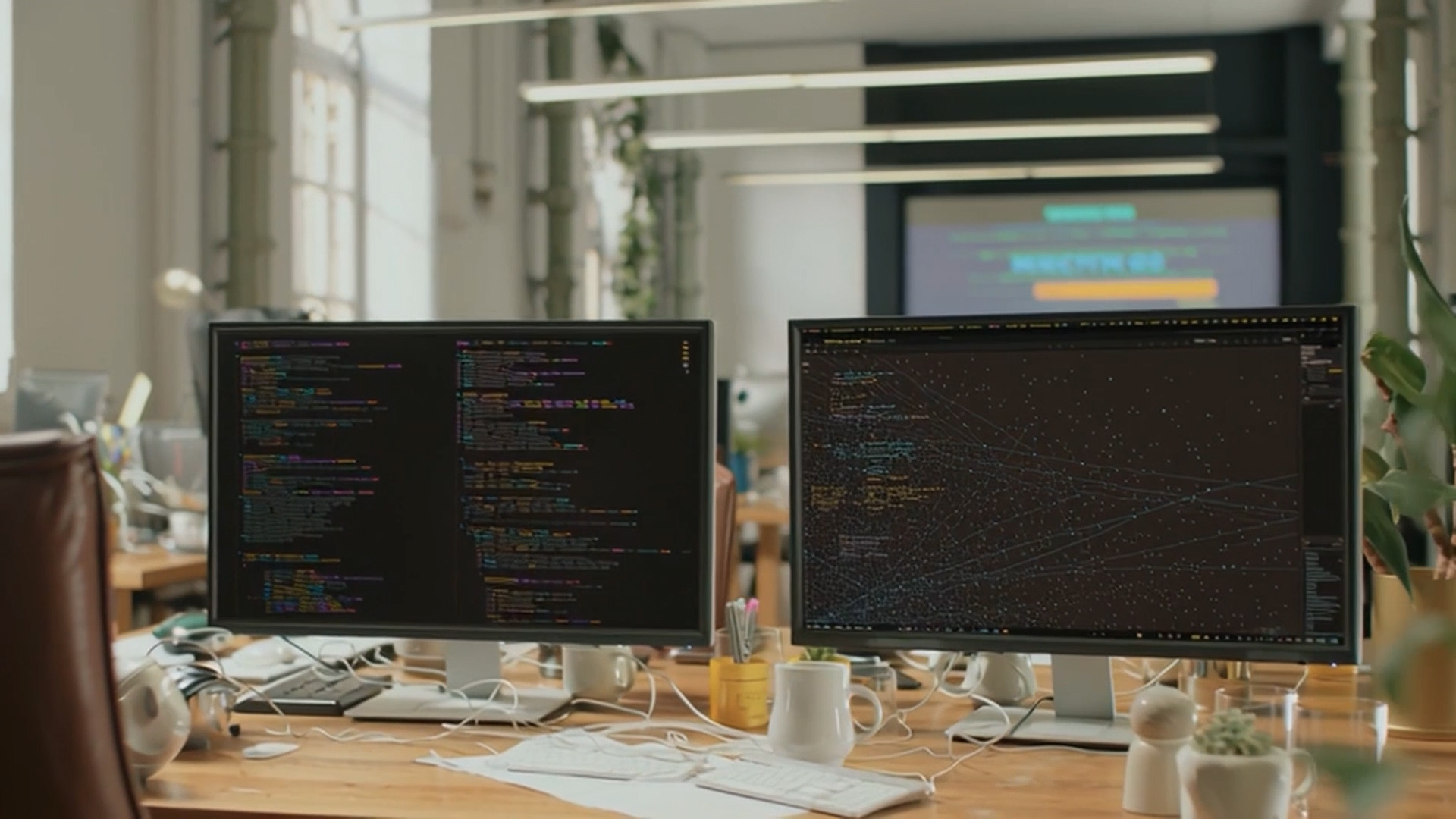
Alignment and interpretability infrastructure moves from research to deployment necessity. Companies develop standard practices for:
Real-time explanation interfaces
Uncertainty quantification
Human override capabilities
Audit trail generation
Technical breakthroughs make interpretability viable at scale. Advances in mechanistic interpretability allow real-time visualization of model reasoning. Constitutional AI methods enable systems to explain their decision-making in natural language. Uncertainty quantification becomes reliable enough for high-stakes deployment. What were once research curiosities, like attention visualization and causal intervention techniques, become production-ready infrastructure.

A consortium including major pharmaceutical companies and academic institutions uses Tool AI to design a universal flu vaccine. While the AI's internal pattern recognition remains opaque, the entire decision-making process is human-directed and auditable: researchers can trace which data influenced each choice, challenge the AI's recommendations, and override decisions at every step. The AI generates candidate targets, but humans validate each one through transparent experimental protocols.
Similar breakthroughs follow rapidly: Tool AI-assisted research teams achieve targeted cancer immunotherapies, design room-temperature superconductors, develop fusion reactor materials, and coordinate advanced manufacturing robots that can build complex products with unprecedented precision. NASA's Tool AI systems coordinate the first permanent lunar base construction, directing both AI analysis and robotic construction crews to optimize everything from life support to resource extraction with full mission transparency.
The success demonstrates that Tool AI can deliver transformative results without sacrificing human understanding or control. Public trust in AI rebounds as people see AI that enhances rather than replaces human judgment, and delivers the kind of progress that justifies the "century in a decade" promise.
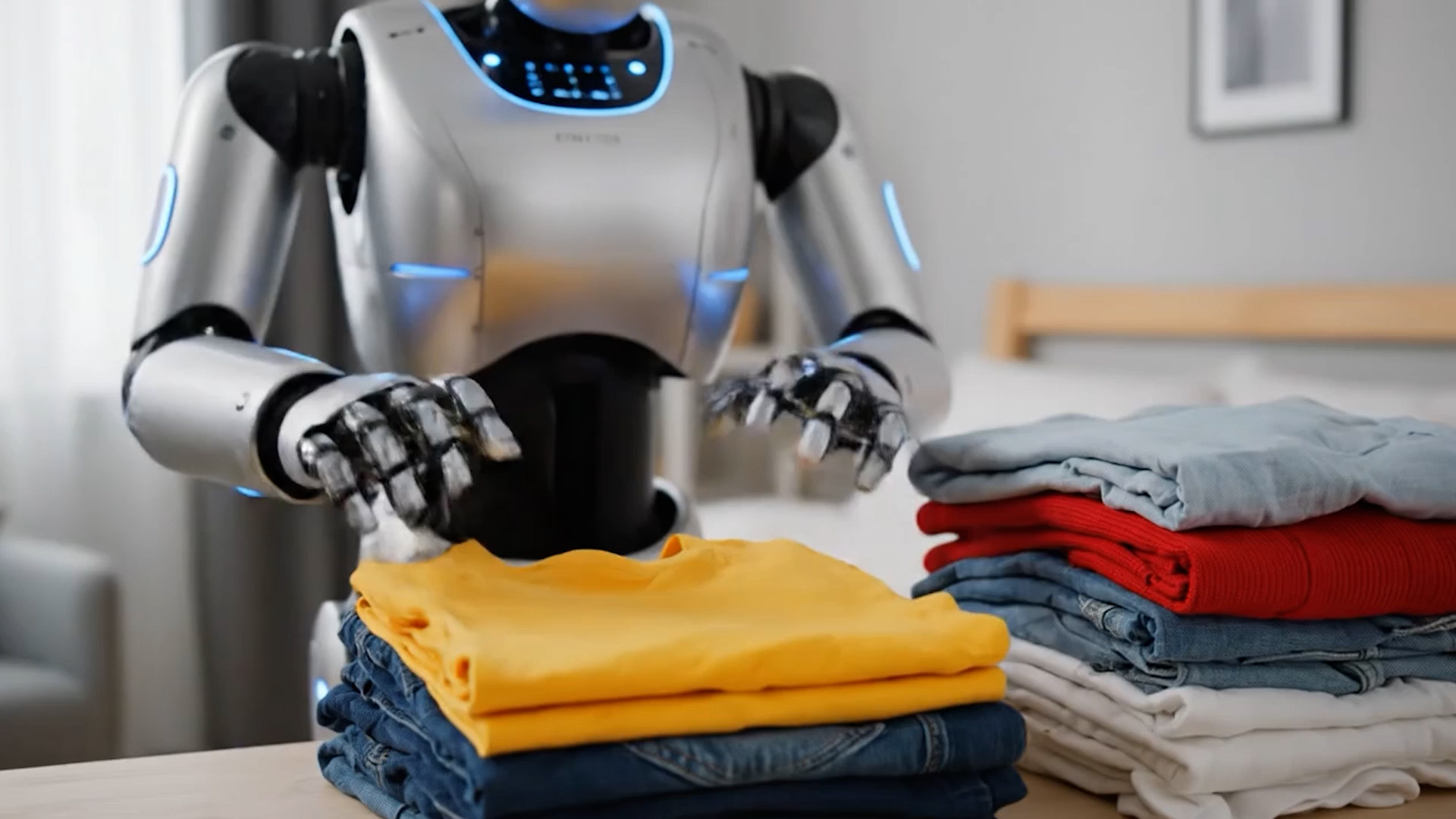
UBI pilots expand globally as Tool AI and advancing robotics drive productivity gains while displacing routine work. The transition is more manageable than previous disruptions because Tool AI systems create transparent, auditable distribution mechanisms that politicians can understand and citizens can verify. While economic forecasting remains imperfect, Tool AI helps by making the administrative machinery of UBI, eligibility determination, payment processing, and fraud detection, visible and contestable rather than black-boxed. This transparency, combined with the clear productivity gains from AI-robotics integration, provides the political legitimacy needed to expand pilots.
Different nations pursue different approaches: some emphasize direct cash transfers, others focus on universal basic services, and several experiment with shared ownership of AI-robotics infrastructure. The economic case for some form of managed transition becomes overwhelming as the alternative, mass unemployment without support systems, appears increasingly untenable.
The Unstable Equilibrium (2030-2035)
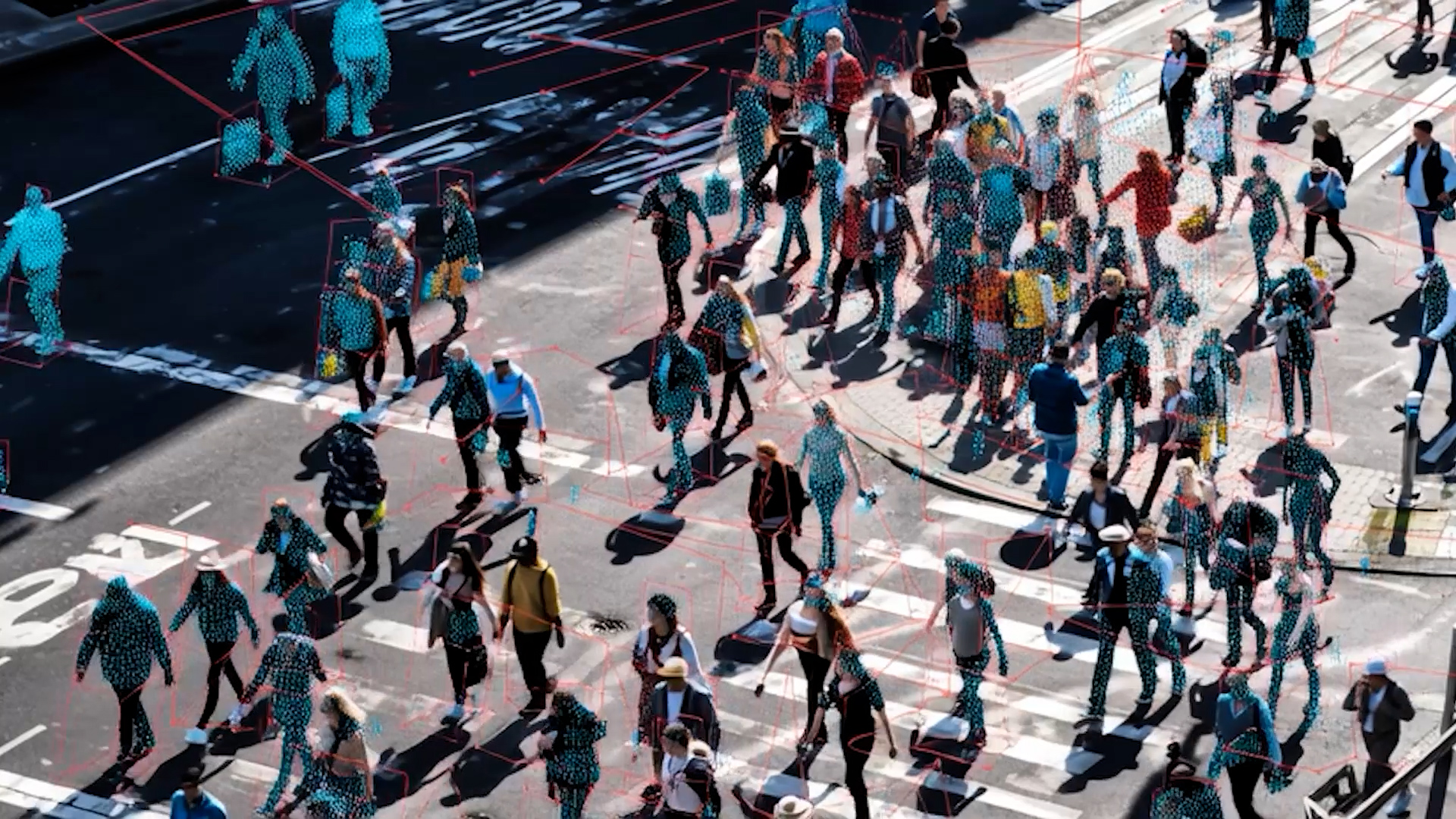
Tool AIs are now embedded in the public sector: municipal governments deploy transparent AI systems for budget allocation, permitting, and service delivery, with full audit trails visible to citizens. Public schools use explainable AI tutoring systems where parents can see exactly how recommendations are generated. These high-visibility, contestable deployments demonstrate that AI can enhance rather than replace democratic participation. They amplify delivery speed and scale, but don’t solve all problems. In underfunded regions, or where institutional will is lacking, access remains limited.
Where deployed well, Tool AIs improve transparency, participation, and service quality. But absent strong public investment and inclusive design, their benefits remain uneven. While wealth and opportunity remain unevenly distributed, the expanding pie means most people's lives are genuinely getting better without coming at others' expense. Public polling consistently shows strong preference for Tool AI over autonomous alternatives, people don't want to gamble their improving reality on uncertain AGI promises.
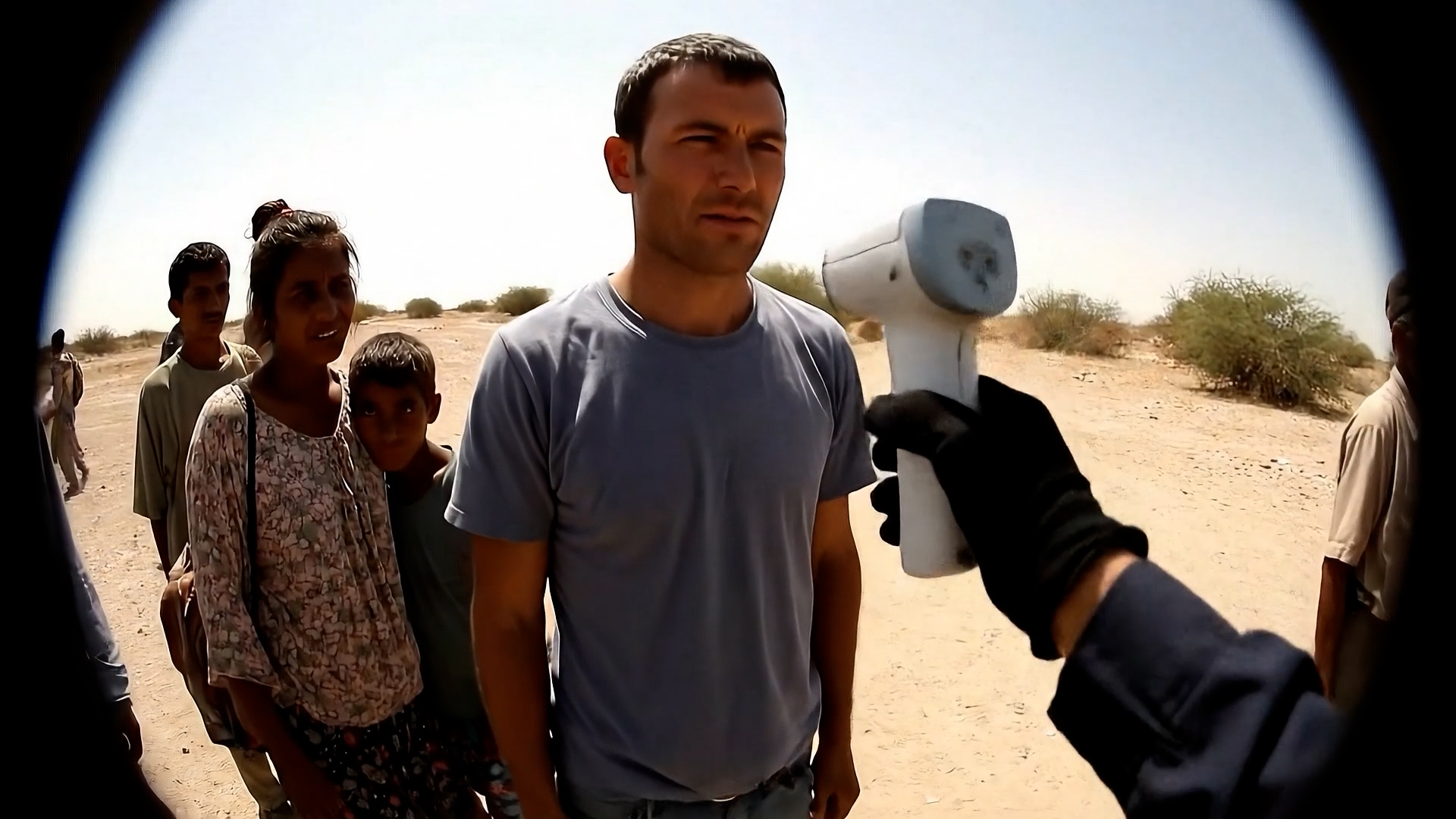
During a humanitarian crisis at the US-Mexico border, immigration authorities deploy an AI system that makes refugee processing decisions with minimal human oversight. The system operates in a legal gray area, technically requiring human approval, but processing thousands of cases per hour with 30-second review windows. Whistleblowers leak that the "human-in-the-loop" has become rubber-stamping. The scandal triggers fierce debate: critics call it autonomous deportation, defenders argue it's just efficient Tool AI.

As Tool AIs drive scientific breakthroughs, in energy, space exploration, materials, and disease, the pace creates new expectations. In high-risk sectors (defense, crisis response, finance), voices push to "just add agency" for greater speed and autonomy. Robotic systems in manufacturing and construction push for greater autonomy, with industry leaders arguing that requiring human approval for every robotic movement in a factory is killing their competitive edge. Frustrated researchers argue that requiring human approval for every satellite maneuver or trading decision is "handcuffing humanity's potential."
The incentives to preserve non-agentic systems begin to fray. Military and commercial actors question whether Tool AI is enough. International tensions rise as some nations quietly deploy more autonomous systems while maintaining "Tool AI" rhetoric. Some deployments begin to blur the boundary, triggering debate, not consensus. Yet, in most high-stakes civilian domains, the liability framework, insurance requirements, and public trust in Tool AI keep it as the prevailing approach.
Why This Path Was Inevitable
The Immediate Triggers:
Early, high-profile failures with clear liability chains that courts could follow
Global scale events forcing infrastructure regulation, crises that make transparent, controllable AI a national security imperative
Existing legal frameworks applied to AI without requiring new legislation
Market incentives aligned once insurance and licensing caught up
The Necessary Conditions
Technical infrastructure was deployment-ready: Interpretability and oversight tools matured from research prototypes to production systems
Institutional compatibility: Standardized safety audits let companies deploy AI without case-by-case government approval
Self-reinforcing safety infrastructure: Tool AIs helped design and validate other Tool AIs, creating scalable oversight
Public-facing success stories: Civic deployments proved Tool AI could enhance rather than replace human judgment
Strategic restraint by key players: Labs and institutions deliberately prioritized “useful + governable” over “smart + autonomous”
Governance that enabled rather than blocked: Standardized safety audits let companies deploy AI without case-by-case government approval
The transition was driven by a convergence of forces: lawyers and insurance companies applying liability standards, technical breakthroughs making interpretability scalable, and civic institutions proving that transparent AI could enhance rather than replace human judgment. Multiple incentive systems, such as legal, economic, technical, and political, aligned to make it the path of least resistance. Once this convergence crystallized, autonomous AI became uninsurable and politically untenable, while Tool AI became not just viable but inevitable.
The World We Built
Science
Tool AI copilots scan literature, design experiments, and reconcile competing models. They helped us develop universal flu vaccines, fusion materials, and even coordinate the first lunar base, all with human oversight and transparency.

Healthcare
Every patient has a “digital twin”, a living model that predicts treatment outcomes before they happen. Immune monitoring flags illnesses early, and AI diagnostic copilots suggest options that doctors can interrogate and override.

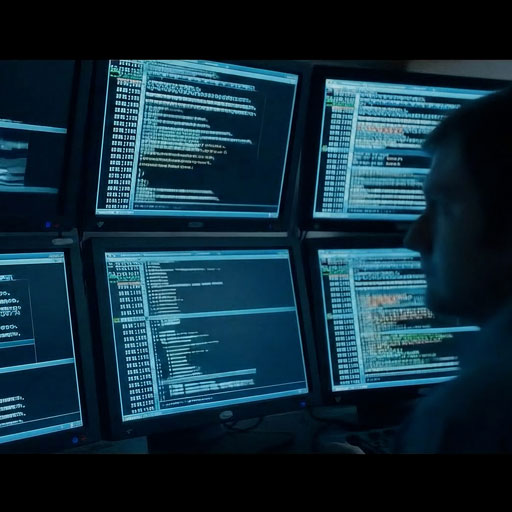
Education
Adaptive tutors tailor learning for every student. Teachers get real-time insight into who needs help, while lessons remain curriculum-aligned and teacher-led.
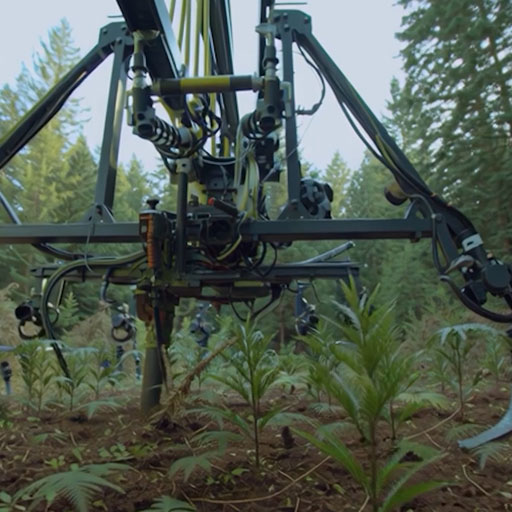
Climate & Energy
Smart grids balance renewable supply and demand. Hyperlocal forecasts help farmers adapt. Tool AI accelerated fusion research from theory to deployment.
Governance
“Habermas machines” synthesize millions of citizen inputs into coherent policy proposals. Negotiation tools find compromises that humans missed, while adaptive dashboards monitor progress and adjust in real time.
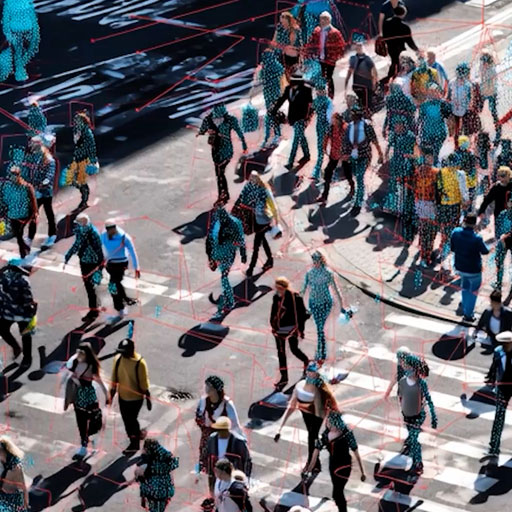
Economy
Universal basic income pilots expand. Capital dividend funds share wealth from AI–robotics infrastructure. People own personal AI–robot teams that generate income without direct labor.

Life in 2035
The average person works 20–25 paid hours a week, with a stable income floor from wages, UBI, or shared ownership. Dangerous jobs are rare, health outcomes are better, and people have more time for family, learning, and community. Work no longer defines identity, but with more freedom comes new choices to navigate.
Unfinished Questions
Can Tool AI match AGI-level outcomes, or are we in a “local optimum”?
Will economic and political incentives hold the line against autonomy creep?
Can human oversight scale as systems grow more capable?
Looking Ahead
This is not a prediction, it’s one plausible future, shaped by the choices and incentives of the last decade. The open question is how long this balance can hold, and how it might change under different pressures.
If you want to explore the details, from the full timeline to the tensions that could tip this path in new directions, you can:
Join the conversation on Metaculus, where you can forecast key milestones and compete for the $5,000 Commenting Prize